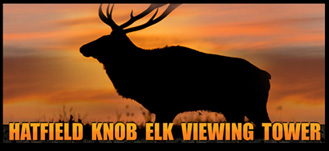| Tennessee Elk | Overview and Impact | Next: Visitation Analysis by | Next Image | Share Your Tennessee Elk Images |
Calf born the day after the HC visit
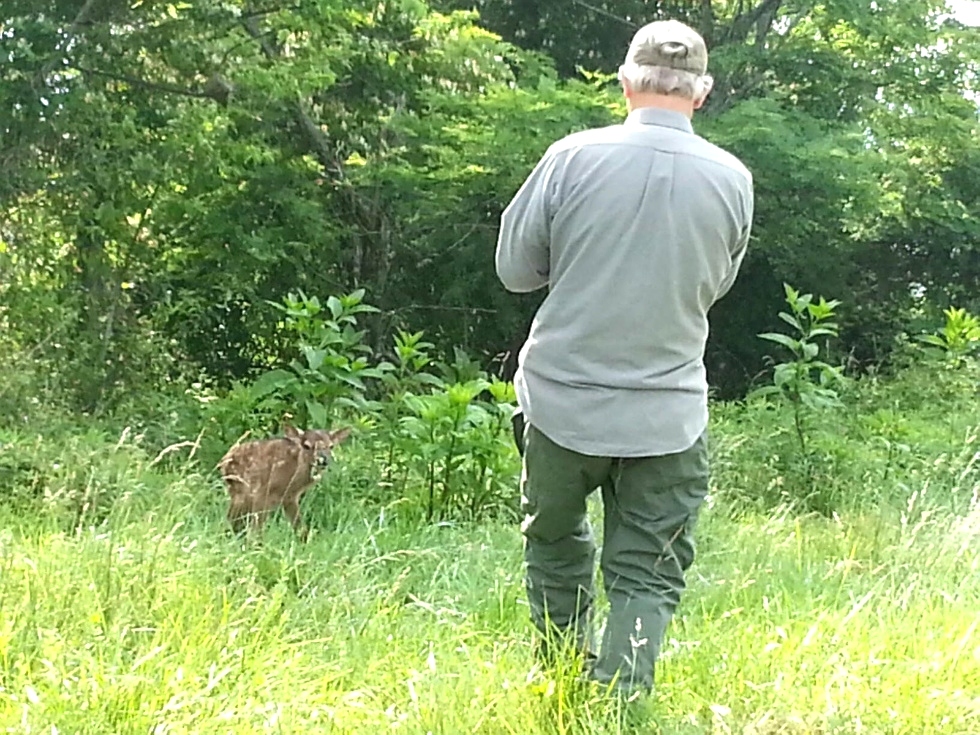
| Tennessee Elk | Overview and Impact | Next: Visitation Analysis by | Next Image | Share Your Tennessee Elk Images |

Tennessee Elk | Calf born the day after the HC visit ![]()
If elk are majestic and having a hand in restoring elk is a major measure of satisfaction, then witnessing a growing elk population back on its historic range where it’s not been for decades is truly magical! Those were among the many emotions felt by members of the Rocky Mountain Elk Foundation’s Habitat Council (HC) during a memorable trip into the Appalachia. Approximately 40 of Tennessee’s 400-500 elk live in the Sundquist Unit of the Northern Cumberland Wildlife Management Area (WMA) that covers 40,200 acres of wildlife habitat. In addition to elk, the WMA is also home to a myriad of wildlife species including ruffed grouse, wild turkey, bobwhite quail, northern river otters, other mammals, songbirds and reptiles. The WMA is also part of 74,000 acres that RMEF and the Conservation Fund teamed up to forever protect in 2002. Elk reintroduction in the East strikes especially close to the heart of native Easterners. Bill Carman, RMEF regional director for Kentucky, Tennessee and West Virginia, told HC members gathered at Hatfield Knob of his fortune of drawing a coveted elk tag in nearby Kentucky several years ago. (RMEF also assisted in Kentucky elk reintroduction efforts.) After successfully killing a bull, Carman says he openly wept while realizing his dream come true of hunting elk on his homeland east of the Mississippi. Name that Elk Country – Hatfield Knob, Tennessee Come September, you can hear more bugles from the Hatfield Knob Elk Viewing Tower than most hunters hear in a lifetime. The tower’s four legs, sunk deep into a high and handsome summit in the North Cumberland Wildlife Management Area, don’t often stand in silence. Just north of the town of Lafollette, the tower is a popular year-round destination for wildlife watchers, who regularly erupt in oohs and ahhs as they spot elk. The first elk were restored to the area in 2000, and that success prompted RMEF volunteers Terry and Jane Lewis to envision this structure to allow visitors to better see and appreciate the herd. They campaigned for its construction and found many in agreement. The tower opened to the public in August of 2005—just in time for the rut. It stands on 74,000 acres that RMEF and the Conservation Fund teamed up to forever protect in 2002. It was one of the largest land transactions RMEF has helped facilitate, and it’s now all public land owned by Tennessee Wildlife Resources Agency (TWRA). While the tower is a new addition to the landscape, elk as a species have a long history here. They were once plentiful throughout Tennessee, but with European settlement came exploitation of the habitat and overhunting, resulting in their eventual extinction. The population dwindled to zero about 150 years ago. But now that the elk are back, it seems almost inconceivable to imagine the Cumberland Plateau without them—as incomplete and off-balance as the tower’s square frame would be were it perched on three legs. Restoring the elk to their rightful habitat took a bunch of people from agencies and organizations as diverse as the TWRA, the University of Tennessee, and yes, the Rocky Mountain Elk Foundation. Over a period of eight years, TWRA worked with Canadian wildlife managers to transport 201 elk more than 3,400 miles from Elk Island National Park in Alberta to the heart of what is now a 670,000-acre elk restoration zone. Thirteen years later, the herd is nearly 400 strong, the ecosystem is more complete than it’s been in generations, and the state is working diligently to secure additional animals to supplement the population and increase its growth rate. A milestone for the restoration arrived in the autumn of 2009, as five hunters took to the woods, taking part in the first elk hunt in Tennessee since before the Civil War. And come spring, keen-eyed visitors at the Hatfield Knob spy cow elk with spotted calves in tow, bearing witness to the growth and health of a hearty herd. (To reach Hatfield Mountain, drive north out of Lafollette on Highway 25W approximately seven miles to the top of the mountain. Turn left at the red gate located at the top of the mountain just before the road starts to break over the mountain and go down the back side. Proceed on the gravel road approximately 3.1 miles to the fork in the road. Take the right fork approximately 1.4 miles to the parking area. Walk a half mile on the path to the viewing tower.)
Dozens of HC members from around the country recently boarded seven full-sized vans in Knoxville, Tennessee. With an enthusiastic buzz in the air, the convoy methodically maneuvered its way through the winding gravel roads of the Northern Cumberland Plateau in the Cumberland Mountains located in the eastern middle part of the state.
Upon arrival, and after a short fragrant-filled, half-mile hike to the Hatfield Knob Elk Viewing Tower on Hatfield Mountain, they quietly came upon a number of reintroduced elk enjoying the lush forage. The elk took notice of their human visitors but showed little real concern. One by one, they eventually left the feeding ground and disappeared into the thickly wooded forest.
The meadow and viewing tower are a labor of love by Terry and Jane Lewis, both RMEF volunteers who live on a nearby farm. They poured a great deal of sweat equity and financial sacrifice into the project by designing and purchasing building materials for the tower in 2005. Five years earlier, they wrapped up three years of weekend work to clear thick trees and vegetation from more than 40 acres of reclaimed mine land. They also planted wildlife food plots. Terry and Jane also work with the Tennessee Wildlife Resources Agency to supply tower visitors with a survey which shows about 11,000 people visit the tower every year.
Since the arrival of the elk, RMEF volunteers and staff have also been busy partnering with state wildlife managers to assure elk find nutrient-rich habitat, planting field upon field of winter oats, Austrian winter peas, crimson clover and orchard grass. RMEF has helped enhance more than 1,300 acres so far in Tennessee.
—Alex Tenenbaum
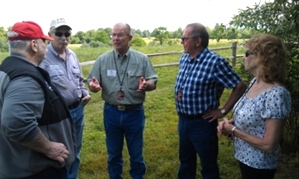 |
 |
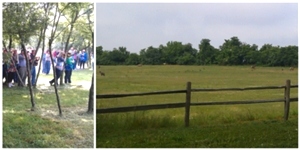 |
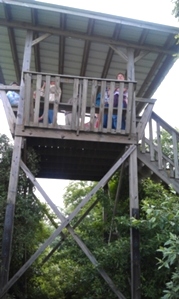 |
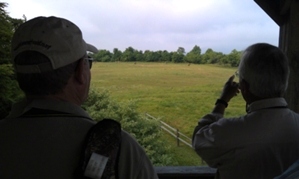 |
 |
